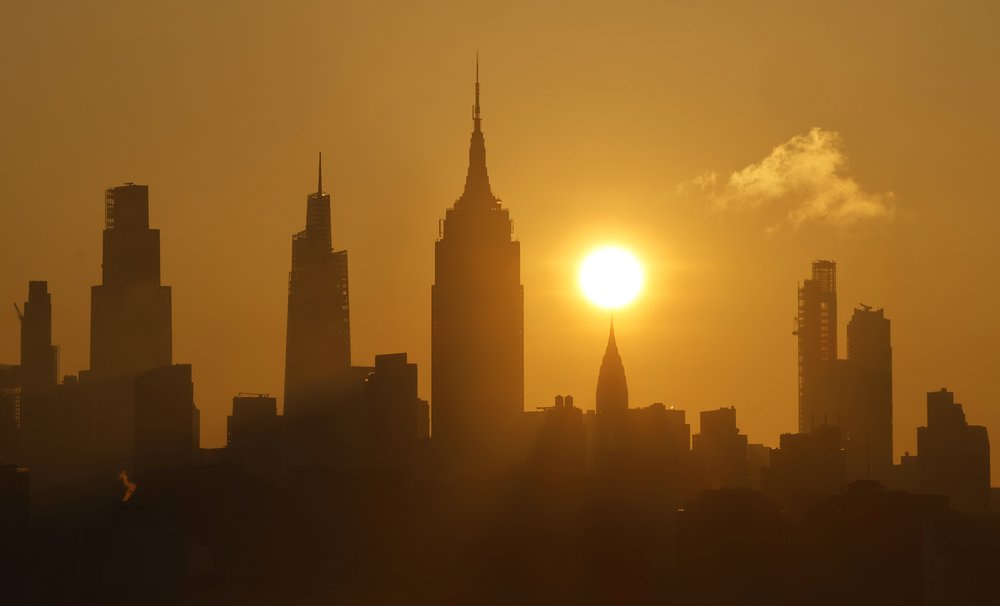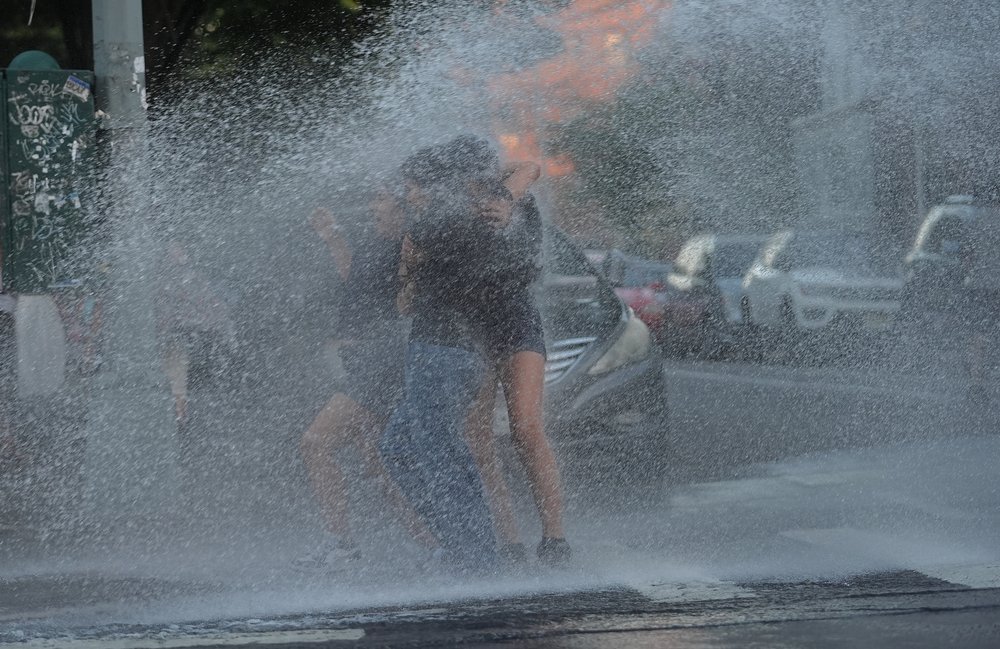More than 100k people lost power during NYC's heatwave last week. Experts say get used to it.
July 3, 2025, 11:30 a.m.
The outages, experts said, demonstrate the growing strain on the grid as buildings use more electrical power.

New York City’s electrical grid was pushed to the brink during last week’s heatwave as isolated power outages affected thousands of residents, highlighting what experts said is the new normal during hot summer days.
Roughly 3% of Con Edison customers, or around 110,000 people, lost power for an average of about four hours in pockets across the five boroughs during the heatwave from Sunday, June 22 through Wednesday, June 25, according to the utility. The outages, experts said, demonstrate the growing strain on the grid as buildings use more electrical power while the state retires more fossil fuel-burning energy sources without a replacement power source in place.
The shortfall creates added stress on infrastructure, like transmission lines, in dire need of upgrades.
”Our hunger for energy is increasing with each passing year and we're not bringing on that much power to the grid to meet up with that hunger,” said Kate Guy, senior research scholar at the Columbia Center for Global Energy Policy. “We're going to be seeing a lot more of that because climate change leads to more intense and more frequent weather events. So you'll have these crunches just become more and more frequent if you're not bringing enough stable, reliable power onto the grid to handle all of those new variables.”
As many as 12,000 customers were without power on the Monday of last week, according to NY1. That day, Con Ed reduced voltage by 8% in Southeast Queens and Brooklyn waterfront neighborhoods. As temperatures peaked that Tuesday at 100 degrees, the utility asked customers to not use “energy-intensive appliances such as washers, dryers, and microwaves” and limit “unnecessary use” of air conditioners.
On Tuesday of last week, Hochul issued her call at 8:40 p.m., asking New Yorkers to conserve electricity until 10 p.m.
“Since the beginning of this week’s extreme heat, we’ve been carefully monitoring our electrical grid to protect New Yorkers. Earlier this evening, the New York Independent System Operator warned that we are approaching peak capacity,” Hochul said, referring to the organization responsible for operating the electric grid.
That day, JFK Airport recorded its hottest-ever temperature in June — 102 degrees.
On Wednesday of last week, Mayor Eric Adams made a similar request at 6:20 p.m., asking New Yorkers to again go easy on the electricity until 10 p.m.
“If you can, set your air conditioner temperature to the highest comfortable setting, turn off any appliances you’re not using,” Adams said. “If you have more than one air conditioner, try to use just one. This heat wave is almost over. Let’s keep looking out for one another and keep our city running strong.”
By that Thursday, more than 6,000 residents still had no power. Service was fully restored by Friday.

The growing strain on the electrical grid comes as New York faces deadlines to retire fossil fuel-powered energy sources under the state’s climate law.
As the state has retired fossil fuel-burning energy sources, renewable power has not made up for the difference. Since the climate law was passed in 2019, the state has retired 5,207 MW of fossil fuel power, but added only 2,256 MW of new electricity, resulting in a net loss of 2,951 MW — enough capacity to power over 2 million homes.
The grid operator is counting on the Champlain Hudson Power Express to bring clean energy to New York City from Canada starting May 2026 to offset some of the next decade’s projected energy deficits. Hochul’s recent proposal to add 1 gigawatt through a new nuclear power plant — enough to power 1 million homes — could help fill the gap. But there’s no timeline for that project.
“One nuclear power plant is not a transformational amount of power, but it's enough to help a little bit,” Clinton Andrews, director of Rutgers’ Center for Urban Policy Research, said.
Experts said a heatwave also stresses the grid’s infrastructure. Con Ed attributed last week’s outages in part to aging underground infrastructure that overheated, including distribution lines that deliver power to buildings.
“More heat on that infrastructure causes more stress, causes lack of efficiency and in some of that infrastructure, it can cause and trigger failure,” Guy said. ”You're just seeing the cacophony of all the stressors at one critical breaking point happen and the power could have gone down.”
Many transmission wires need an upgrade to move more power to homes and regions.
“Many of those [transmission lines] are maxed out, especially due to electric vehicles and also due to the increased presence of air conditioning and heat pumps,” Andrews said. “Many of them are a century old and not only outdated, but woefully under capacity.”
In a statement, Con Edison credited its crews for maintaining electricity for 97% of the company's customers during the hottest weather in more than a decade.
“We use voltage reduction in various neighborhoods to precisely manage the grid during times of peak capacity, take immediate stress off equipment, and prevent longer and wider outages," spokesperson Jamie McShane wrote. "We know that heat waves are increasing in frequency and intensity and customers continue to rely on their ACs to stay comfortable, which is why continued infrastructure investments throughout the system help us keep service reliable in all weather."
According to Accuweather’s summer report, New York City will have hotter-than-average temperatures through August. The forecast predicts as many as 16 days of 90 degrees Fahrenheit or higher, which is nearly 20% of summer.
”This summer, next year, the next few years, you're only going to see more and more of these intense heat waves, and they're also happening earlier in the year than they had been previously,” Guy said. ”It's something that any New Yorker needs to start planning for — what are your backup options? How can you think about the energy efficiency of your home?”
Heat-related ER visits spike at NYC hospitals, but even they are no sanctuary